Sports Exhibit
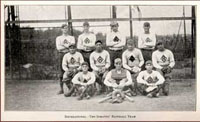
disABILITIES in Sports_b16b361b48_z
The participation of individuals with disabilities in sports and recreation has a long history. At first sports and recreation were seen as an educational and rehabilitation tool. Competition was less of a factor than involvement. Later with the introduction of the Paralympic games, Special Olympics, and other organizations, more emphasis was placed on competition. Here is a timeline with some examples of the history of sports and individuals with disabilities.
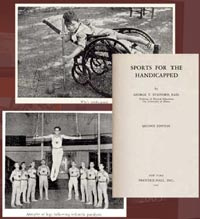
1939
George T. Stafford published Sports for the Handicapped in 1939. Stafford's book was written for the educator and to break the assumption that only "normal individuals" could participate in sports or games that require physical activity.
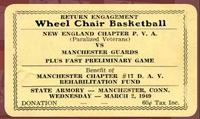
1949
The first Annual Wheelchair Basketball Tournament was played in 1949. Wheelchair basketball had been played in a variety of forms since 1945. The year 1949 saw the first wheelchair games that included several teams in the tournament format.
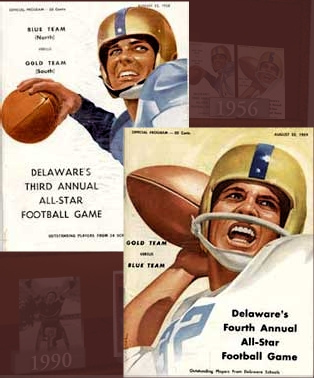
1956
In 1956 the first Blue-Gold All-Star Football Game was played in Delaware. The game featured the state's best high school football players and was played to raise funds and awareness for children with cognitive disabilities. The All-Star Football Game is still held today with the same goal of raising awareness.
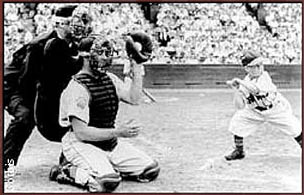
1951
Eddie Gaedel played the second game of a Major League Baseball double-header between the St. Louis Browns and the Detroit Tigers in 1951. Standing at only 3'7", Gaedel came into the game to pinch-hit and gained first base with a walk. While being a little person is not considered a disability, the fact that Eddie Gaedel was different is why he was added to the Browns lineup.
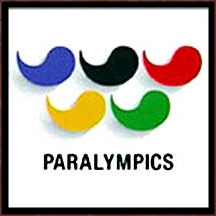
1960
The first Paralympics were held in Rome, Italy directly following the 1960 Olympic Games. 400 athletes from 23 countries participated at the inaugural event in 8 different sports. The 8 sports included 57 separate events with the United States taking 43 total medals.
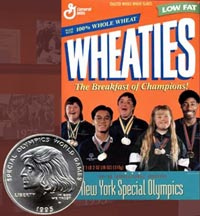
1968
The International Special Olympics were founded by Eunice Kennedy Shriver in 1968. Soldier Field in Chicago, Illinois hosted the first games with 1,000 disabled athletes from 26 states and Canada participating.
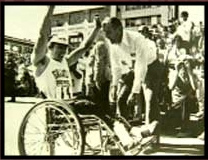
1975
The first wheelchair entrant to the Boston Marathon was allowed to compete in 1975. Bob Hall, who had post polio disabilities, finished the race in 2 hours and 58 minutes.

1976
In 1976 the United Nations Educational, Scientific, and Cultural Organization (UNESCO) declared that persons with disabilities have the right to participate in sports and physical education.
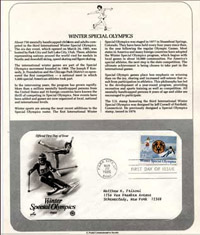
1977
The Winter Special Olympic Games made their debut in 1977 and were held in Steamboat Springs, Colorado. Athletes competed in a variety of skiing and skating events.
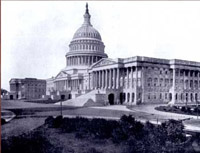
1978
Congress passed the Amateur Sports Act or (Public Law 95-60) in 1978. The act required the United State Olympic Committee to encourage the inclusion of disabled individuals in amateur athletic programs and competitions that able-bodied athletes participated in.

1984
Neroli Fairhall, of New Zealand, was the first paraplegic competitor to participate in the Olympic Games. Fairhall competed in the archery event where she finished in 35th place.
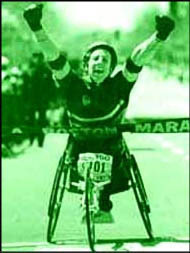
1990
Jean Driscoll won her first of eight Boston Marathons in the Women's Wheelchair Division. Born with spina bifida, Driscoll has competed in numerous wheelchair racing events and was named #25 in the "Top 100 Female Athletes of the 20th Century" by Sports Illustrated for Women.
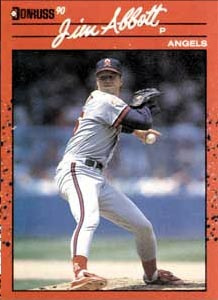
1993
On September 4th Jim Abbott pitched a no-hitter for the New York Yankees against the Cleveland Indians. He also won a gold medal with the 1988 United States Olympic team. Abbott was born with only one hand but went on to have a long Major League Baseball career amassing 87 wins.
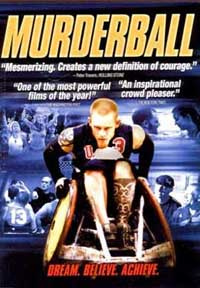
2005
The movie "Murderball" was released in 2005. A documentary film about quadriplegic rugby players, "Murderball" won several awards including the Documentary Audience Award. The movie follows a team of wheelchair rugby players in their quest to compete in the Paralympic Games in Athens, Greece.

